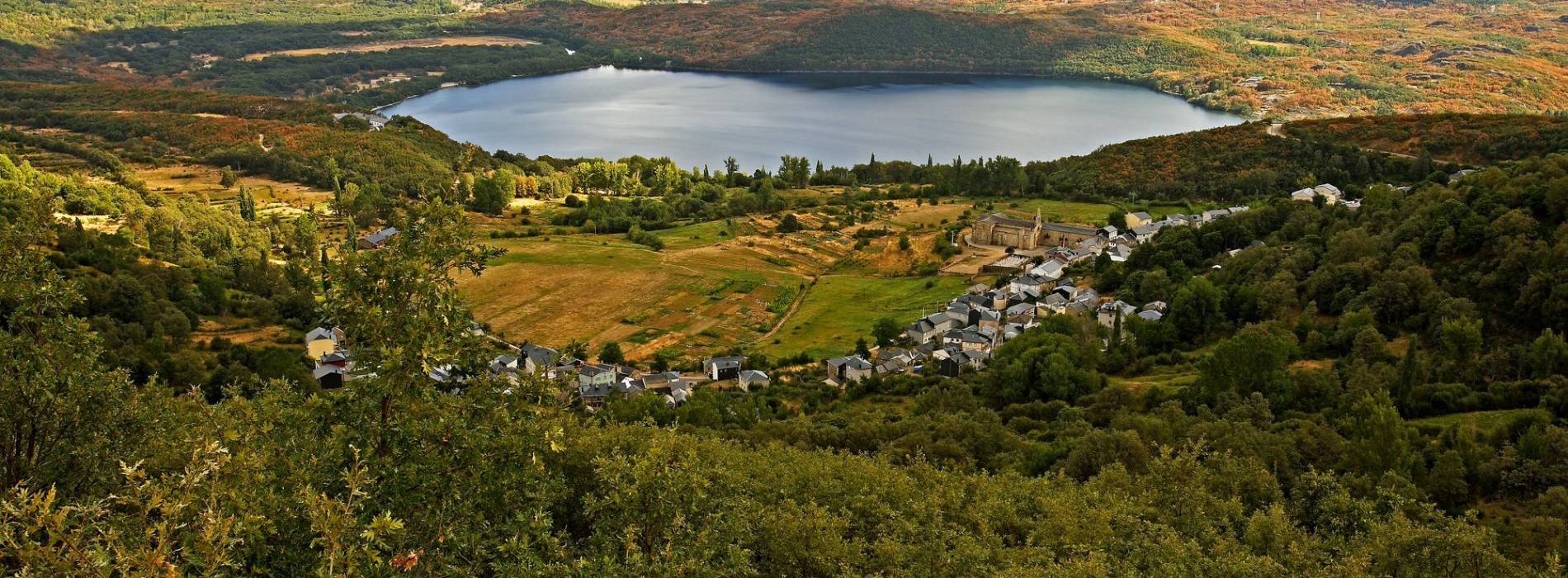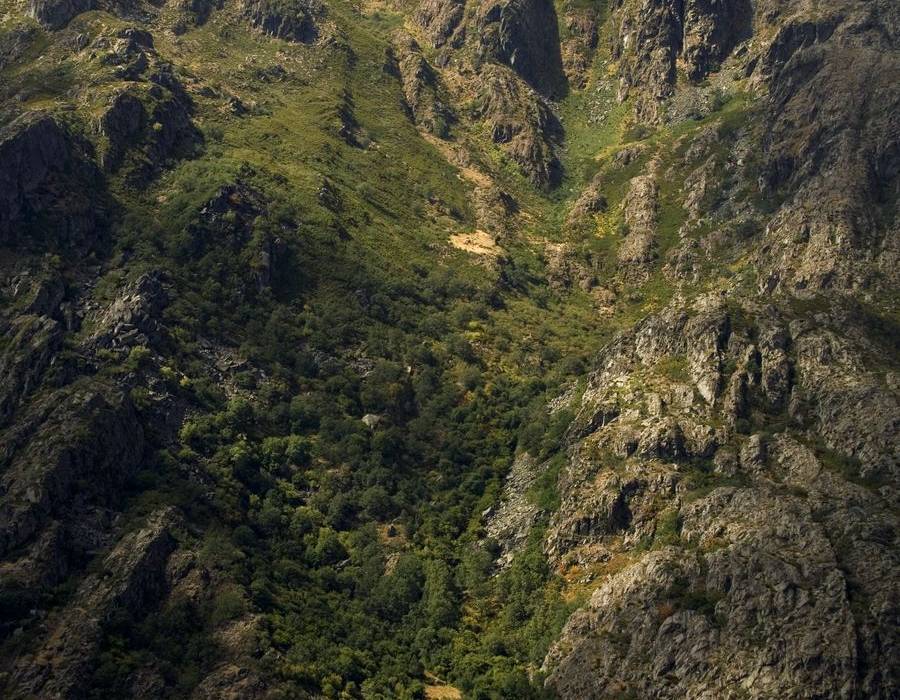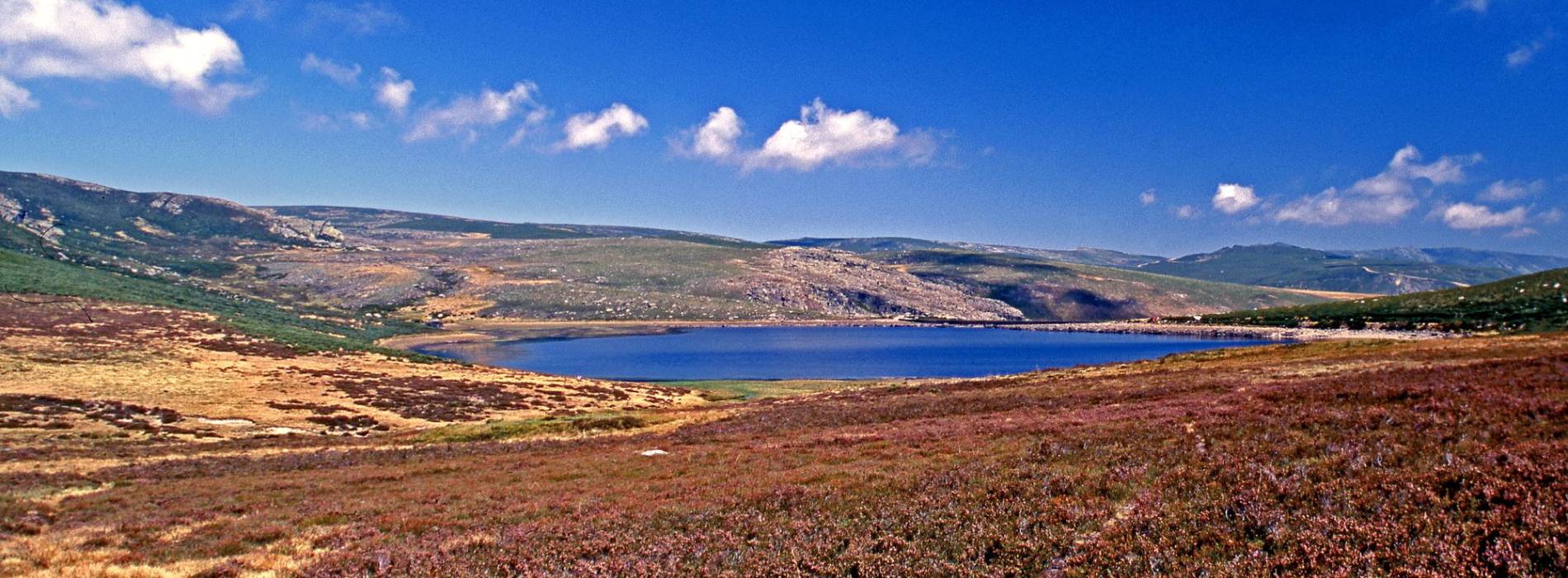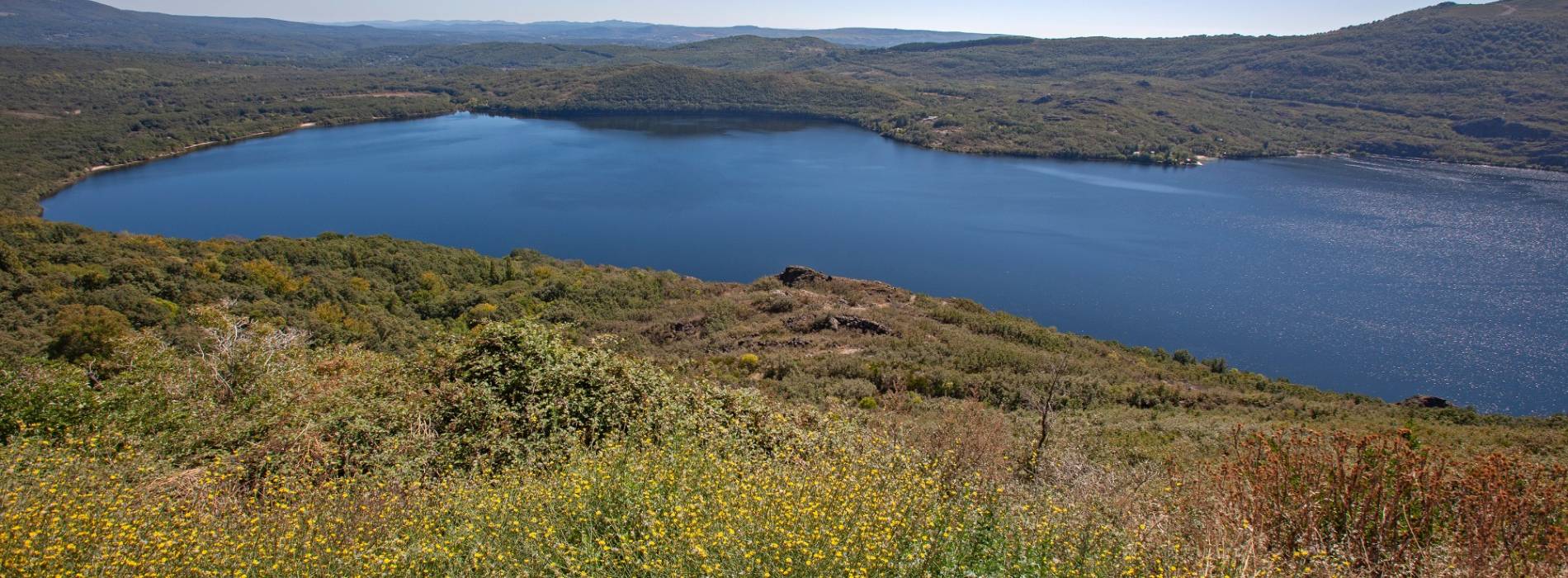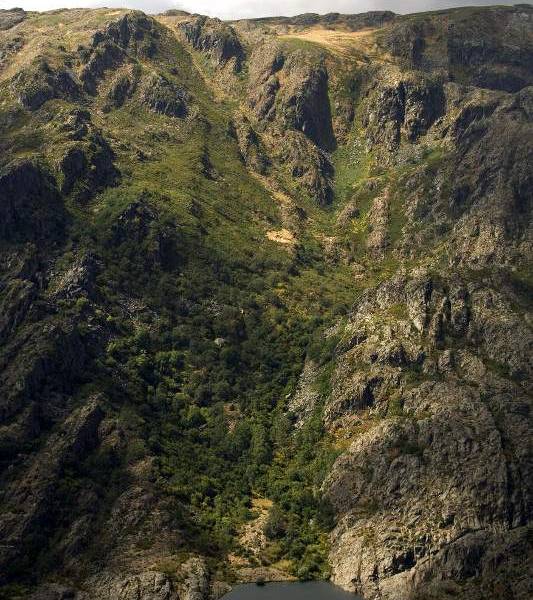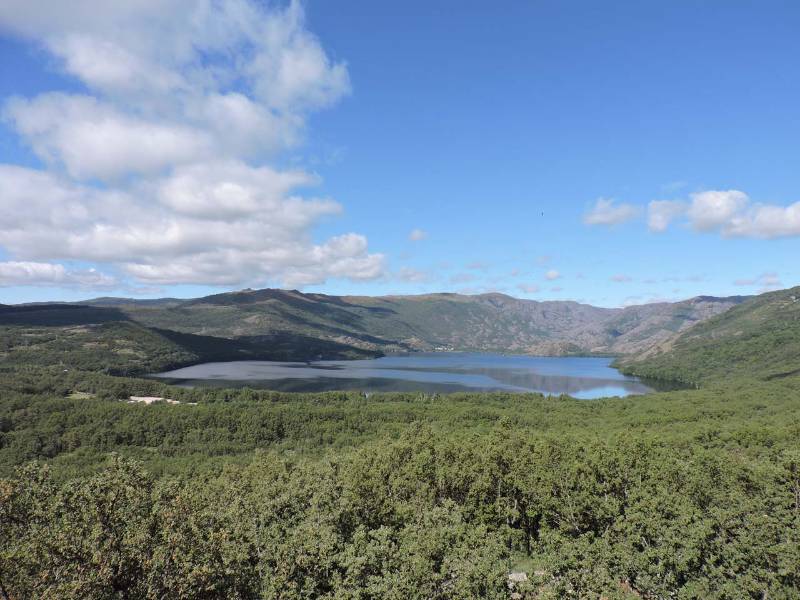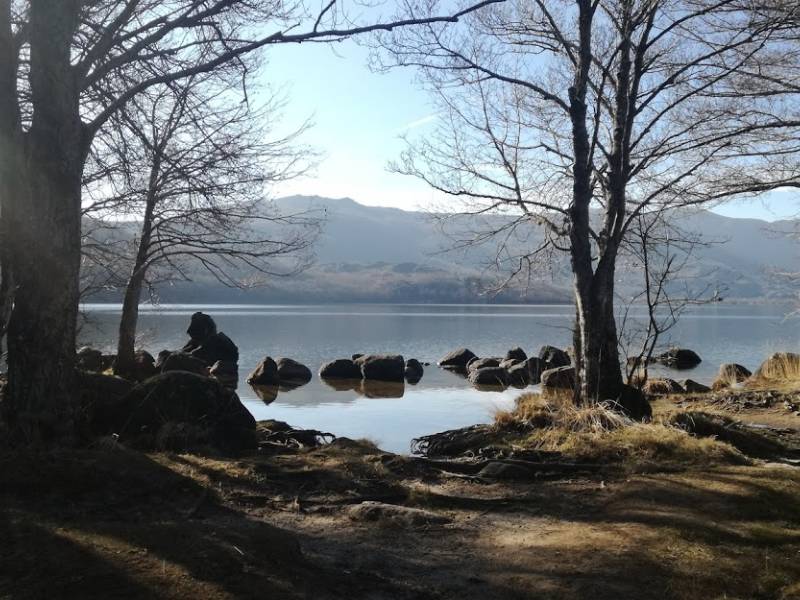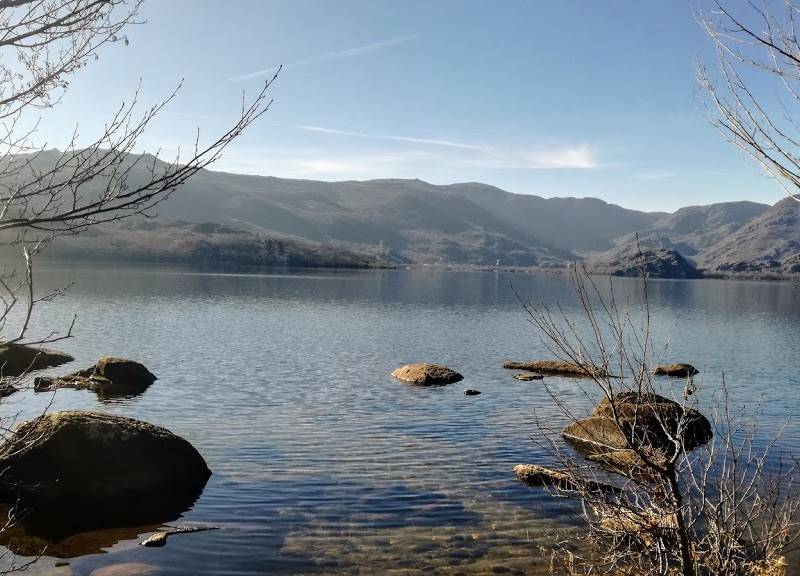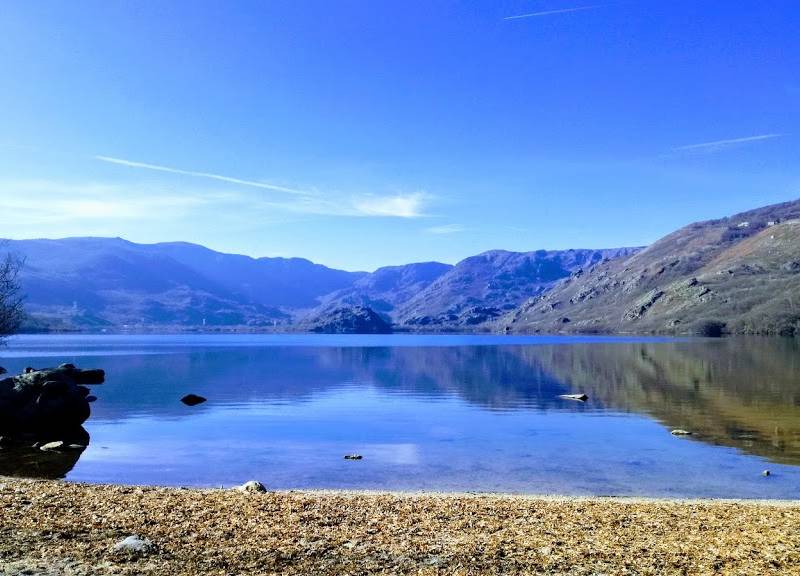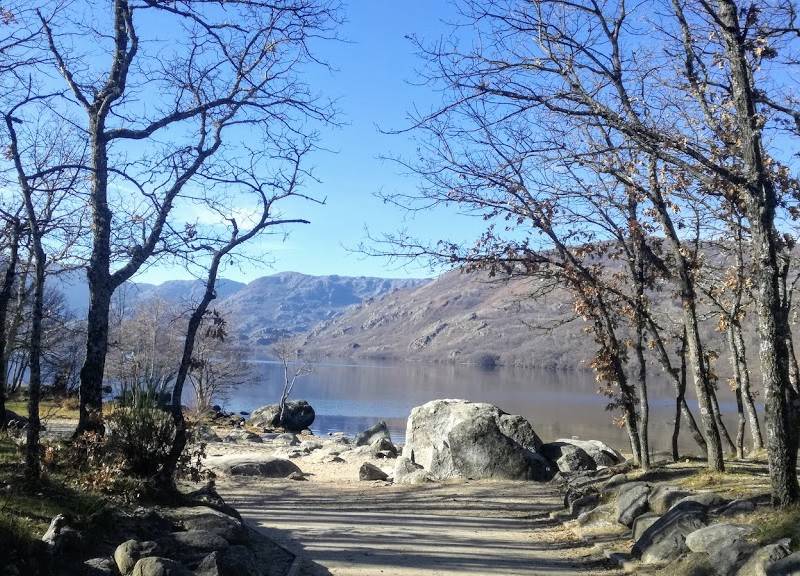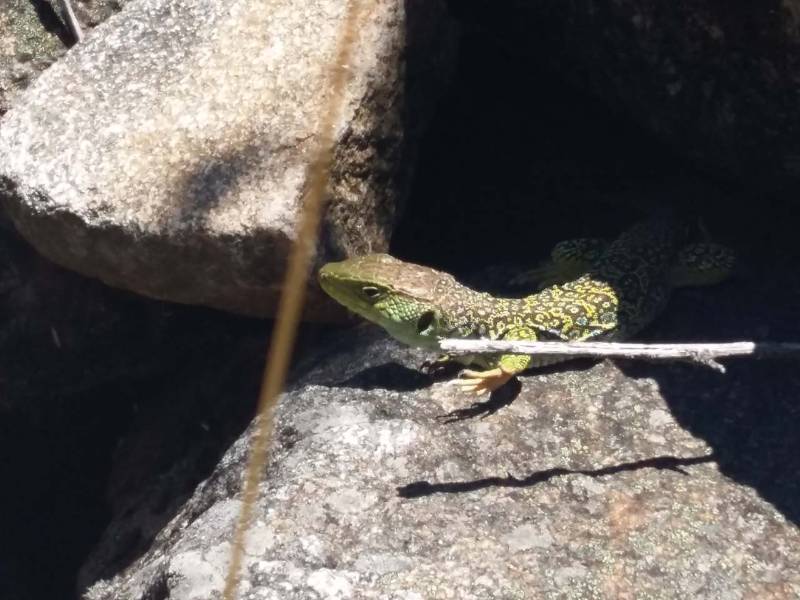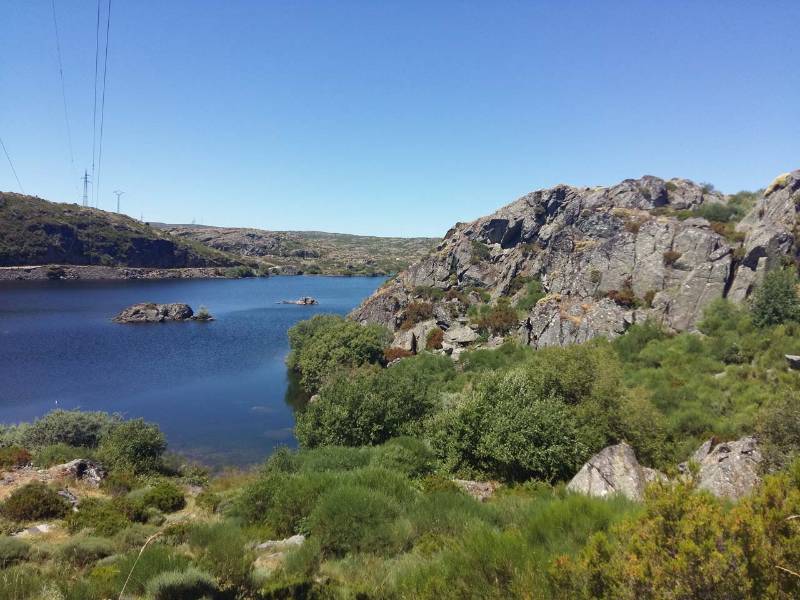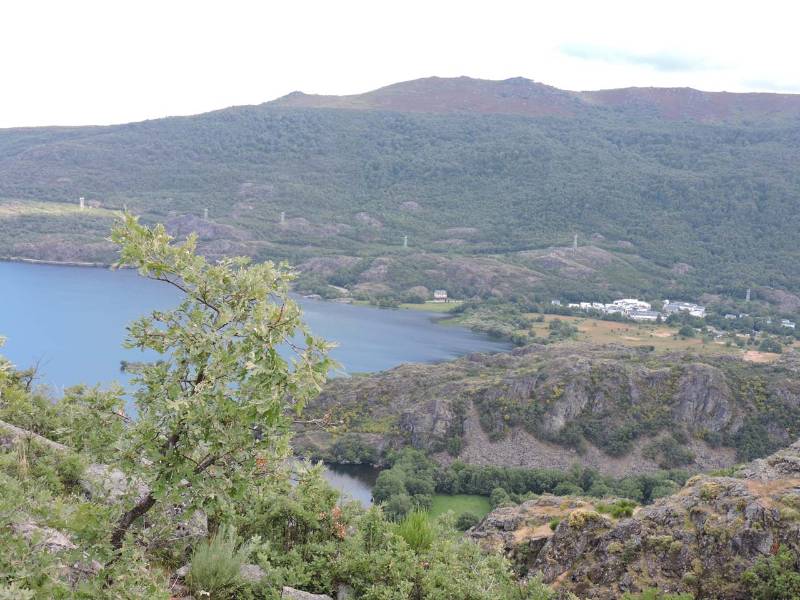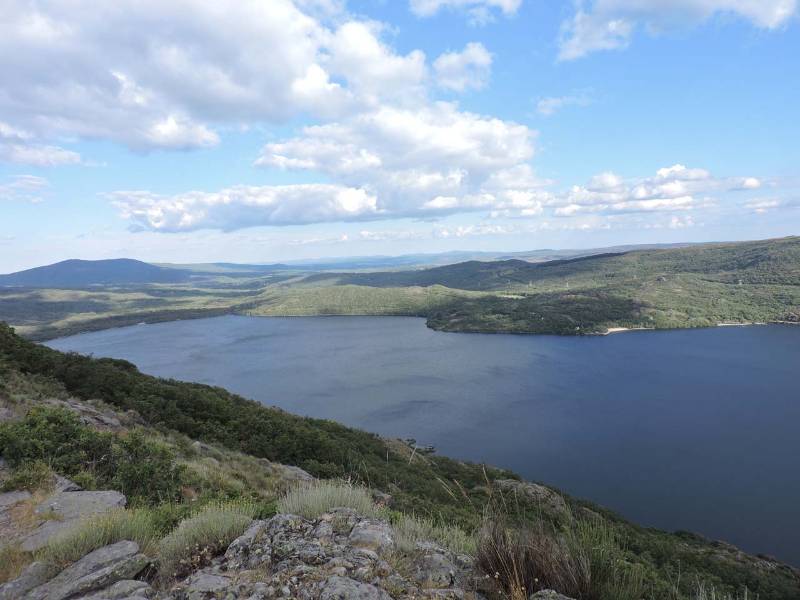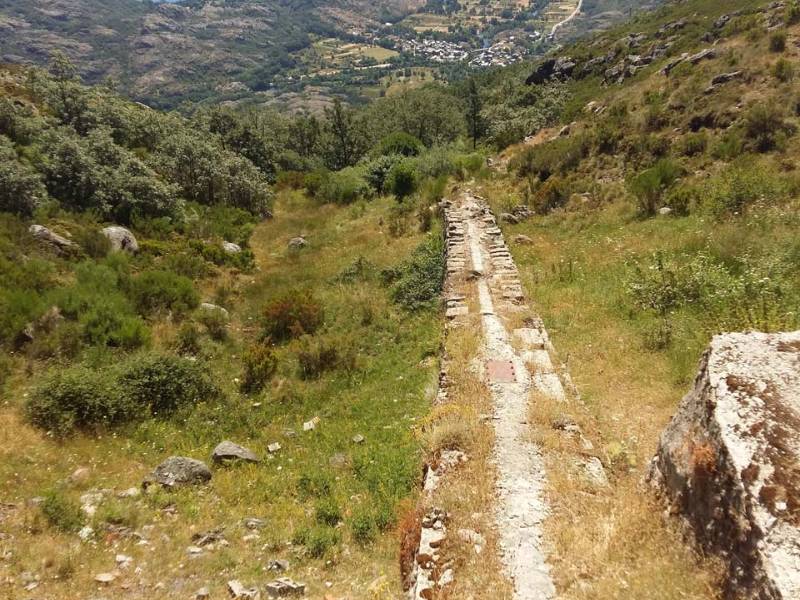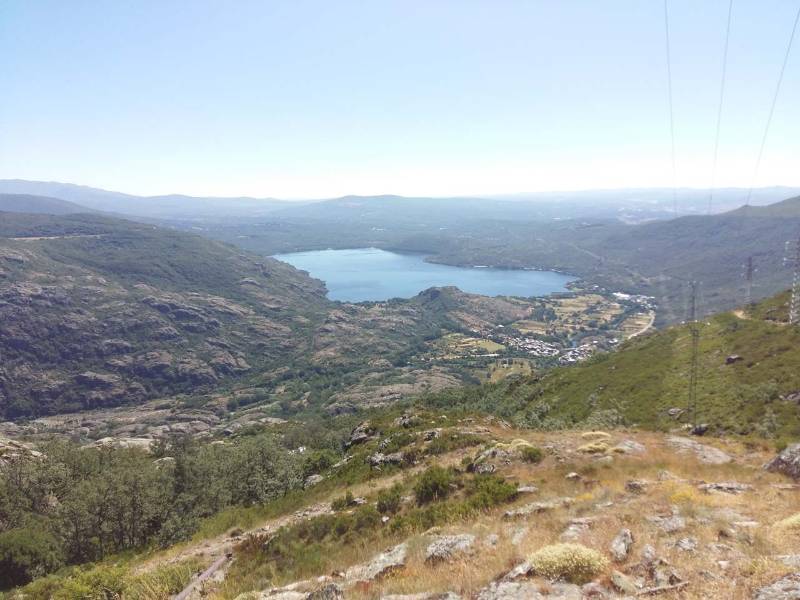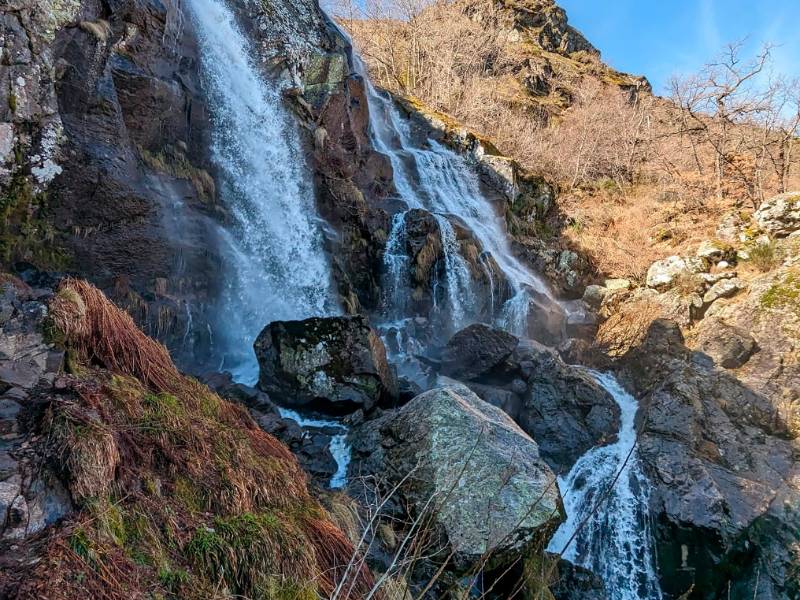Lago de Sanabria and the Segundera and Porto Mountain Ranges Natural Park
Discover the Lago de Sanabria and the Segundera and Porto Mountain Ranges Natural Park, an impressive corner in the northwest of Zamora. In its heart is Lake Sanabria, the largest glacial lake on the Iberian Peninsula. Observe the geological phenomena that created it, from valleys to glacial cirques and more than 20 scattered lagoons.
Immerse yourself in history by visiting the place where the Cistercian monks of San Martín de Castañeda left their mark. Enjoy the symphony of forests that surround the lake, enriching biodiversity with species such as oak, holly, yew and alder. Discover streams, springs and lagoons that create a unique habitat for aquatic flora in clean waters.
Spot wildlife with mammals such as wolves, wild boars and otters, along with 17 diurnal raptors that watch the skies. In summer, take advantage of the beaches such as Arenales de Vigo-Los Enanos, El Folgoso, Custa Llago and Viquiella to enjoy water activities and sail around the lake on the Helios-Sanabria, the world's first wind-solar catamaran.
Prepare your visit
Enviromental Areas
- wildlife
- Lots of animals, 76 bird species and 17 large mammals. Most notably the grey partridge and the wolf.
- Relief
- Quaternary glacial modelling that has given rise to the largest lake of glacial origin in the Iberian peninsula.
- Vegetation
- Oak woods predominate. Alders, ash trees, willows, birch, holly, yew and chestnut trees.
Get to know this natural space
Park House of the Lake of Sanabria and Sierras Segundera y de Porto
In this space visitors can observe and admire the Nature Park’s various habitats, which change in accordance with the altitude. This space also provides a fascinating insight into the habitats of Lake Sanabria, one of the Park’s most important features.
On map
Address
- Postal address Ctra. ZA-104, Km 4,5. Rabanillo (Galende). NaN. Zamora
- Web
- Phones980 621 872
Enjoy this natural space
On foot and by bike
- Lago Sanabria - Senda 2 Canyon of ForcaduraTo know more
In the village of Vigo we can admire the hermitage of the Virgen de Gracias, a 17th century bridge and a varied sample of popular...
- Journey
- Linear
- Way
- On foot (5 h.)
- Length
- 14 kms.
- Difficulty of the route
- High
- Lago Sanabria - Senda 3 Canyon of the TeraTo know more
This is one of the best ways to observe glacier modeling. We can find interesting specimens of flora in the thalwegs that flow into...
- Journey
- Circular
- Way
- On foot (6 h.)
- Length
- 12 kms.
- Difficulty of the route
- High
- Lago Sanabria - Senda 4 Cardena Canyon - Pico del FraileTo know more
- Journey
- Circular
- Way
- On foot (5 h.)
- Length
- 10.5 kms.
- Difficulty of the route
- High
- GR 84 Grand Tour Route Mountain of Sanabria, from Porto to the Refuge of LaiolTo know more
- Journey
- Journey
- Way
- On foot (4.45 h.)
- Length
- 14.4 kms.
- Ascent slope
- 599 m.
- Difficulty of the route
- High
- GR 84 Grand Tour Route Mountain of Sanabria, from the Park House Lago de Sanabria to the Refuge of YeguasTo know more
- Journey
- Journey
- Way
- On foot (6.4 h.)
- Length
- 17.7 kms.
- Ascent slope
- 870 m.
- Difficulty of the route
- High
- GR 84 Grand Tour Route Mountain of Sanabria, from the Refuge of Odosia to the Park House of Sanabria Lake Natural ParkTo know more
- Journey
- Journey
- Way
- On foot (3.3 h.)
- Length
- 13.3 kms.
- Ascent slope
- 490 m.
- Difficulty of the route
- High
- GR 84 Grand Tour Route Mountain of Sanabria, from the Refuge of Riopedro to PortoTo know more
- Journey
- Journey
- Way
- On foot (7.15 h.)
- Length
- 22 kms.
- Ascent slope
- 620 m.
- Difficulty of the route
- High
- GR 84 Grand Tour Route Mountain of Sanabria, from the Refuge of Yeguas to the Refuge of RiopedroTo know more
- Journey
- Journey
- Way
- On foot (6 h.)
- Length
- 15.1 kms.
- Ascent slope
- 310 m.
- Difficulty of the route
- High
- Lago Sanabria - Senda 7 Lagoon of los Peces a Peña TrevincaTo know more
This trail reaches Peña Trevinca (2.172 m), the top of the protected area. It is not recommended with fog.
- Journey
- Circular
- Way
- On foot (10 h.)
- Length
- 24 kms.
- Ascent slope
- 400 m.
- Difficulty of the route
- High
- Lago Sanabria - Senda 9 Lagoon of the Peces - Lagoon of the YeguasTo know more
- Journey
- Linear
- Way
- On foot (2 h.)
- Length
- 6 kms.
- Difficulty of the route
- Low
- Lago Sanabria - Senda 8 Porto de Sanabria-Valdesirgas-ValdeinfiernoTo know more
- Journey
- Linear
- Way
- On foot (5 h.)
- Length
- 10.5 kms.
- Difficulty of the route
- Medium-High
- Lago Sanabria - Senda 5 Ribadelago Nuevo - Laguna de SotilloTo know more
To get to Sotillo from the lagoon it is better to do so through the connection, enjoying thus the waterfalls and one of the main...
- Journey
- Linear
- Way
- On foot (6 h.)
- Length
- 12 kms.
- Ascent slope
- 600 m.
- Difficulty of the route
- Medium-High
- Lago Sanabria - Senda 1 The lake and the monksTo know more
It is recommended to take a diversion at the camping ‘Los Robles’ to visit Bouzas, one of the most beautiful places.
- Journey
- Circular
- Way
- On foot (4 h.)
- By bike (4 h.)
- Length
- 12 kms.
- Difficulty of the route
- Medium
- Lago Sanabria - Senda 6 Waterfall of SotilloTo know more
The route goes through a well-preserved wet forest where some examples of Holly stand out due to their good appearance.
- Journey
- Circular
- Way
- On foot (3 h.)
- Length
- 6 kms.
- Ascent slope
- 400 m.
- Difficulty of the route
- Medium
- Z3 Z3 - Path of the Lake and the MonksTo know more
Located in the Natural Park of Lake Sanabria and Sierras de Segundera and Porto. From the Los Enanos beach parking lot we headed...
- Journey
- Circular
- Way
- On foot
- Length
- 10 kms.
- Ascent slope
- 250 m.
- Difficulty of the route
- Medium
- Z5 Z5 - Towards Porto via Valdesirgas and ValdeinfiernoTo know more
Located in the Natural Park of Lake Sanabria and Sierras de Segundera and Porto. This path, starting in Porto de Sanabria, heads...
- Journey
- Circular
- Way
- On foot
- Length
- 10.5 kms.
- Ascent slope
- 250 m.
- Difficulty of the route
- Medium-High
- Z8 Z8 - Laguna de los Peces Trail to Peña TrevincaTo know more
Located in the Natural Park of Lake Sanabria and Sierras de Segundera and Porto. From the Laguna de los Peces parking lot we take...
- Journey
- Linear
- Way
- On foot
- Length
- 24 kms.
- Ascent slope
- 400 m.
- Difficulty of the route
- High

